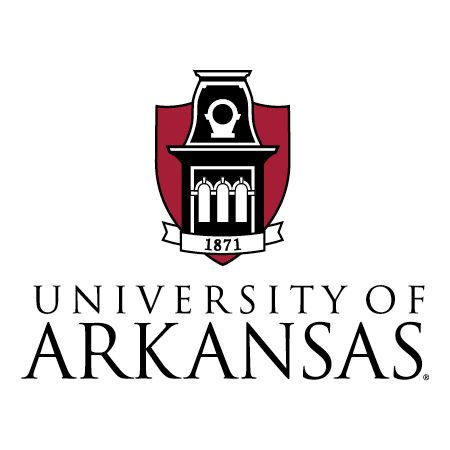
FAYETTEVILLE, Ark. – Kyle Quinn, an assistant professor at the University of Arkansas, became an internet sensation over night — but not for his efforts to fight disease and promote the healing of wounds through biomedical engineering. Instead, Quinn was shocked to learn that he had been mistakenly identified as a participant in the recent protests in Charlottesville, Virginia. Amateur sleuths found a photo of Quinn that looked a bit like a photo of a man at the rally wearing an "Arkansas Engineering" T-shirt. The photos were shared online with some accusing him of being a racist and demanding that he be fired — all due to mistaken identity.
His experience was summarized in a New York Times story about how some attempts to identify the marchers involved in the rally have failed at the expense of innocent people like Quinn.
"I've dedicated my life to helping all people, trying to improve health care and train the next generation of scientists, and this is potentially throwing a wrench in that," Quinn said in the Times article.
Quinn was actually with fellow faculty members and other university administrators in Northwest Arkansas at the same time the rally and protests were happening in Virginia. Within hours of the first rumors misidentifying Quinn, the university responded, confirming that the individual in the photo was not Quinn and that no engineering faculty members were involved in the Charlottesville marches. Media outlets also confirmed this information, but that didn't stop the social media rumors from spreading as some continued to retweet and repost the erroneous information.
The New York Times tells Quinn's story and describes "doxxing," the practice of publishing private or identifying information about a person on the internet — an activity that is especially harmful when the information is about an individual who has been misidentified.
About the University of Arkansas: The University of Arkansas provides an internationally competitive education for undergraduate and graduate students in more than 200 academic programs. The university contributes new knowledge, economic development, basic and applied research, and creative activity while also providing service to academic and professional disciplines. The Carnegie Foundation classifies the University of Arkansas among only 2 percent of universities in America that have the highest level of research activity. U.S. News & World Report ranks the University of Arkansas among its top American public research universities. Founded in 1871, the University of Arkansas comprises 10 colleges and schools and maintains a low student-to-faculty ratio that promotes personal attention and close mentoring.
Contacts
Steve Voorhies, manager of media relations
University Relations
479-575-3583, voorhies@uark.edu